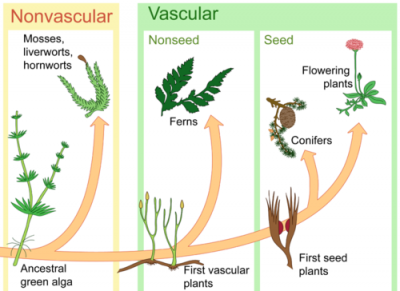
The next time you go for a stroll in the nearby park, take a moment to count the kinds of plants and trees around you. You will be amazed at their variety! Man has attempted to classify plants for centuries; however, an acceptable scientific classification was done by Carl Linnaeus, a Swedish scientist.
Linnaeus’ classification was based purely on observation. The plants were ordered according to their flowers, and the number and type of stamens and pistils. He gave each plant two Latin names: one for the genus or family of the plant and the other for the species or particular member of the family. As there was no taxonomical system for plants until then, Linnaeus’work was revolutionary. Today, however, we have more accurate classification available.
Plants can be classified into vascular and non-vascular plants, depending on whether they circulate water or not.Vascular plants have vascular vessels known as phloem and xylem to transport water and food respectively throughout the plant.
Non vascular plants, on the other hand, are small, simple plants without a vascular system.
They cannot circulate water through their stems and leaves, but absorb water right into the main parts without relying on roots. These are early plants.
Vascular plants have a complex reproductive process that includes flowers and seeds. However, non vascular plants have much more simple reproduce either by creating single-celled spores, or by vegetative propagation. Vegetative propagation happens when parts of the plant break off, and develop into new plants.
Picture Credit : Google



